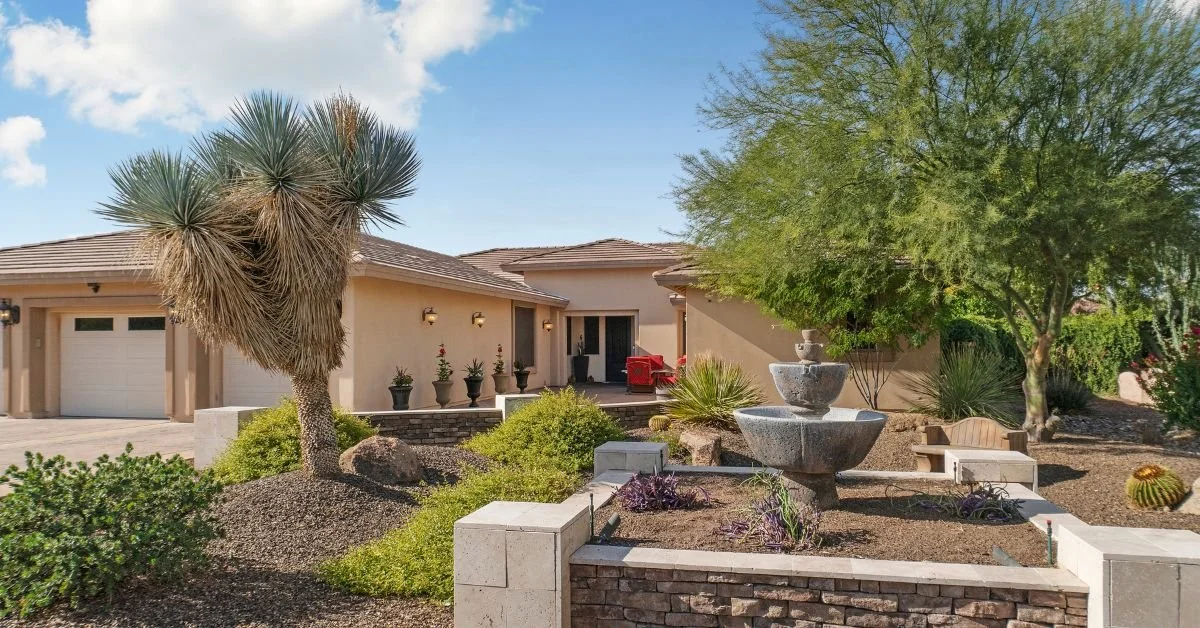How To Flip Houses In New York
The Empire State, which is home to some of the most iconic buildings in the modern world, is also popular with astute property flippers looking to capitalize on the near-permanent interest in New York real estate.
If you're looking to make your first investment in real estate, New York is a great place to start. It's full of suburbs and cities whose values are steadily rising, and there will always be a steady pool of interested buyers and renters. In this simple guide, we will share a few facts about flipping houses in New York that you should be aware of before taking the first step.
What You Need To Know About Real Estate In New York
Fix, and flip investors in New York earn an average of $56,400 per flip. This suggests that the potential for a successful flip is relatively high. Still, to maximize your net profit, you will need to carefully study the local markets and keep your renovation costs under control.
Single-family homes are the most desirable property in this area, and the residential sector is performing well. The median local property price in New York is $327,569, which is relatively high compared to the rest of the country. More importantly, property prices in New York increased by 2.5 percent in the previous year, with analysts predicting a 3.7 percent increase in the coming year.
New York City, Syracuse, Buffalo, Rochester, and Albany are the top five NY real estate markets. Armed with this knowledge, it may be beneficial to assess these areas first before moving on to cities with less activity.
How to Filip Houses in New York
When an investor buys a property with the sole intention of rehabbing and reselling it for a profit, this is known as home flipping. This is a profitable investment strategy because there is the potential for a quick profit and immediate equity if the investor chooses the right property and stays within budget.
Property flippers in this area either use their own money or take out a loan from hard money lenders. New York banks typically do not fund this type of transaction due to the risk involved and the inability to manage a property in the event of nonpayment.
Home flipping properties are typically older, character-rich homes with the potential to increase value through a home renovation. Hard money lenders provide a variety of advantages to investors, including quick loan approval and closing. Every real estate investor should strive to follow the 70 percent rule, which instructs investors to pay no more than 70% of a property's after-repair-value (ARV) before the cost of repairs is deducted.
The final ARV determines a property's absolute value after renovations are completed. Other factors that influence the value of a property include its size, location, and the prices of comparable homes in the area.
Importantly, you must send an offer with a built-in profit margin, so the 70% rule is helpful. You are effectively establishing a price that includes repair costs and a healthy profit margin. If the homeowner refuses to accept your offer, you can quickly shift your attention to a more suitable property flipping opportunity.
How to Fund your House Flipping Business in New York
While buying, fixing, and quickly reselling properties can be profitable, flipping a house costs far more money than buying a house in which you intend to live. You'll need money to buy the property, renovations, and cover property taxes, utilities, and homeowners' insurance from the day the sale closes until the day it sells.
Do get stack if you can figure out how to finance your home flipping business. Let's take a look at some of the ways to fund your setup:
Hard money lenders
Private lenders
Real estate partnership
Wholesale lenders
While obtaining financing may be simple, you must put in the effort to succeed in the field. This entails learning about the best properties, collaborating with a team of affordable renovation experts, and thinking outside the box to make the property appealing to prospective new home buyers.







